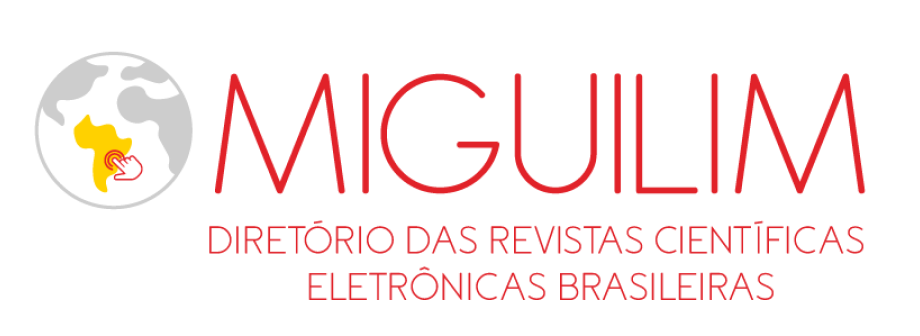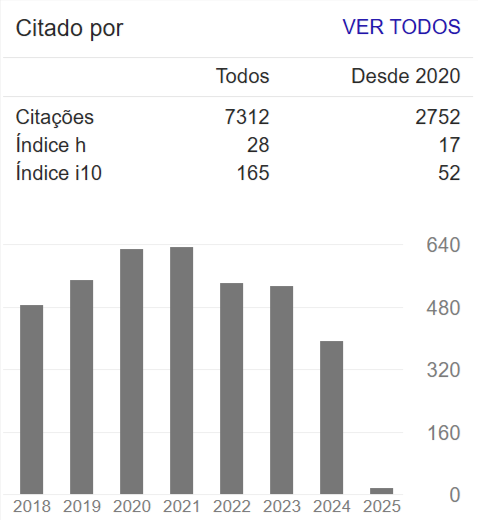Influence of the river-aquifer interaction on the vertical distribution of hyporheic meiofauna
Abstract
Among the processes of natural autopurification that occur in hyporheic zone, there are those of biological aspect, where meiofauna organisms play important functions, favoring the quality improvement of the recharge water of the river underlying aquifer. There are several factors that influence the vertical distribution of meiofaunal community such as hydrodynamism in surface water and the availability of organic matter and oxygen in deeper layers. Therefore, this article aimed to evaluate the influence of these two factors on the vertical distribution of hyporheic meiofauna in three points of the Beberibe river, in Pernambuco State, Brazil. Hydrodinamism was considered a direct result of the rainfall regime and the GW-SW flow was analyzed through measurements made in three different rainfall periods with the aid of differential piezometer. The analysis of meiofauna vertical distribution was carried out from the survey of the average abundance in layers of 2 cm to the depth of 10 cm. A total of 4906 individuals belonging to 8 taxonomic groups were accounted. The results showed that the superficial layers were the most abundant. However, the decrease of this abundance did not occur gradually with depth, probably due to a greater flow rate of the river in the rainy season and/or by descending flow river conditions. Although these factors did not demonstrate a completely determinant character on the vertical distribution.

















